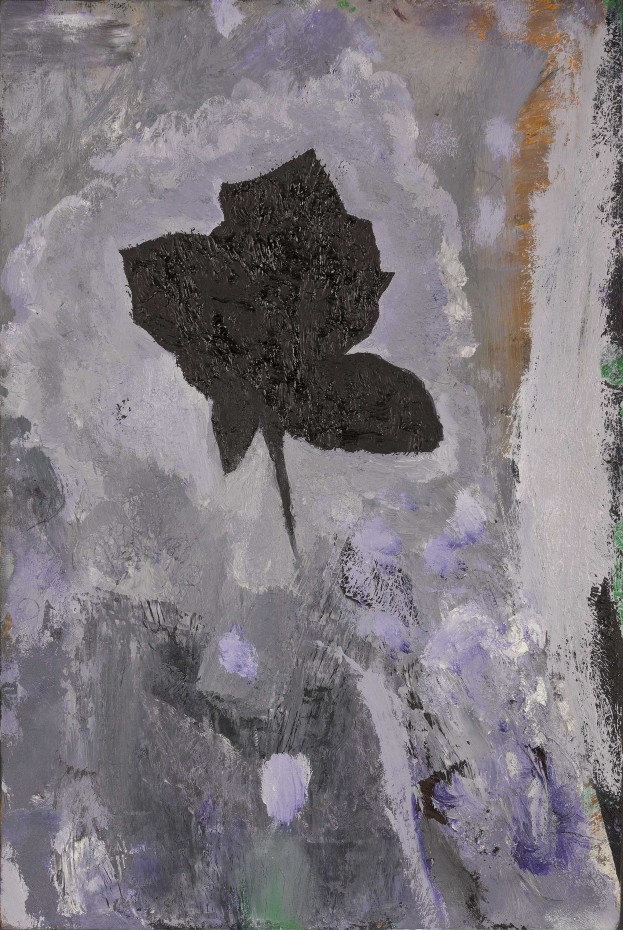Annet Gelink Gallery proudly presents the group exhibition On the Nature of Things with work by Keith Edmier, Anya Gallaccio, Robby Müller, Sarah Pichlkostner and Glenn Sorensen. The artists in this exhibition share an interest in returning to nature itself or in researching the nature of the phenomena of our reality and reflect on it.
Keith Edmier has been making sculptures based on botanical subjects such as anatomy, lifecycles, histories, metaphors and myths for many years. His vase Massacre of Innocents shows the artists interest in flowers as the symbol of mortality. The flowers in the vase display a now illegal genus of tulips, which was infected with the mosaic virus to create an exotic striped effect. The virus gave the flowers a beautiful appearance, but made each generation become weaker.
Anya Gallaccio often incorporates organic materials in her work such as fruit, vegetables, plants, ice, and sand. Gallaccio already created the first Preserve flower piece in 1991, which can be found amongst others in the Tate collection. The work shown in this exhibition is made specifically for Annet Gelink Gallery, with the panel sizes corresponding with the skylights, providing the space with natural light. The artwork will change during the course of this exhibition. Nature will take control over the artwork and the gerbera flowers will wither. On the contrary, the process of growth of the berries on the branch of It Must Give Pleasure is stopped by reproducing it in bronze and giving it an eternal life.
The Polaroids are a lesser-known facet of cinematographer Robby Müllers body of work. Taken from an experimental point of view, with his Polaroids Müller is exploring the many faceted relationship between light, camera and photographer with a special interest in nature. His close-up photos of flowers show his fascination for shapes as well as the fragile nature of plants.
Pichlkostner has been researching the behavior of materials in her body of work for several years. Pichlkostner's work is an exercise in personal isolation and a prolonged communion with the character of materials. Pichlkostner combined effortless contemporary methods with laborious and outmoded fabrication techniques to provoke her materials to do more. Pichlkostner investigated materials' performance in order to consider their potential-how much they could say, what tone they could take, when they were at their most efficient, and what 'efficiency' itself means.
Sorensen does not search for his subjects; they present themselves to him of their own accord. With an affectionate eye for his surroundings, Sorensen records his daily reality. The details of this reality inspire him to paint his works, which can rather be described as studies of environment and emotions than as representations of nature. They are expressions of the inner and represent opposites both in form and content, lightness and darkness, day and night. Sorensen has been working on these paintings for over a year, painting the flowers in his garden.

